Oil & Gas
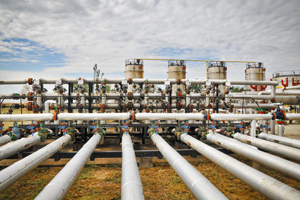
Oil & Gas companies often require freeze protection for their oil and gas pipe lines. To protect the oil and gas, they use BriskHeat’s self-regulating heating cable. It is easy-to-install, extremely rugged, and has long circuit lengths up to 660 feet (201m).
Applications
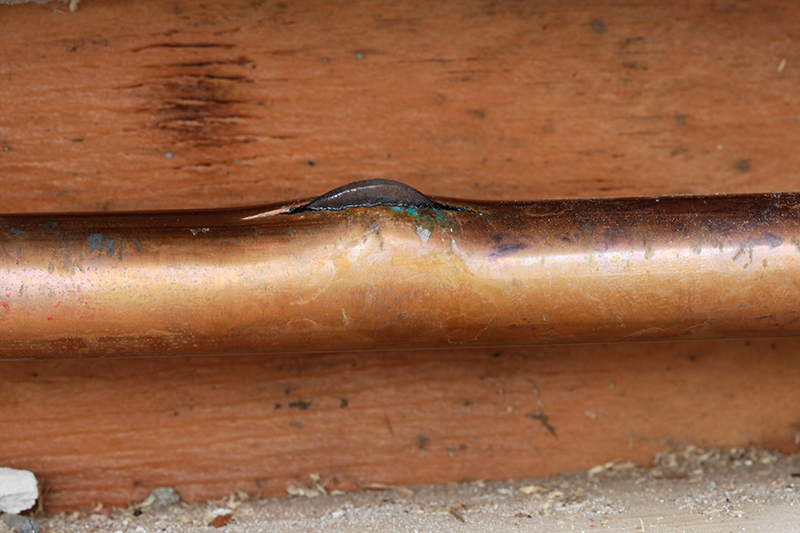
Freeze Protection for Pipes
Cold temperatures can often damage or destroy objects and their contents. Pipes, valves, tanks, vessels, conveyers, and housings are examples of common objects that can be hurt by the cold. BriskHeat flexible surface heating products wrap around these items to protect them in even the most extreme conditions.

Freeze Protection for Tanks
Tanks and vessels (we will call "tanks") are often exposed to cold weather. Some are sitting outside, while others may be in an unheated area of a building.
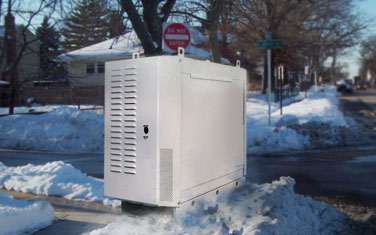
Freeze Protection for Control Panels
Electronic components inside control panels and monitoring devices need protected from cold temperatures. Control panels are often located outdoors and if exposed to sub freezing temperatures, components could fail to operate properly and potentially become permanently damaged.
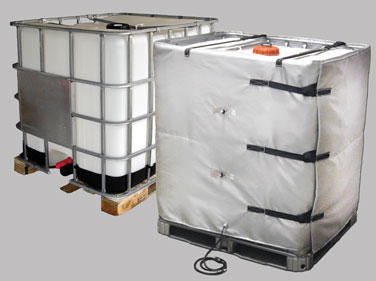
IBC / Tote Warming
Users of Intermediate Bulk Containers (IBC) often need to raise the temperature to reduce viscosity or protect the contents from the cold. Maintaining an elevated temperature ensures materials remain ready for production and easy to dispense.
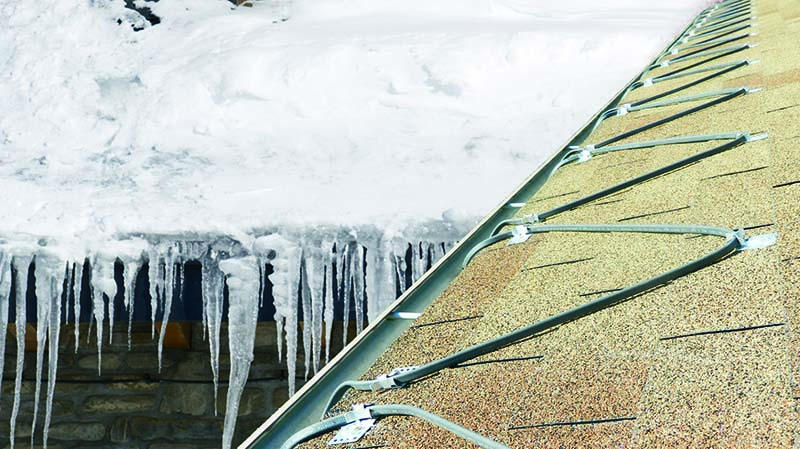
Roof & Gutter Ice Dam Prevention
During cold winter months ice dams form on the edge of rooftops and cause significant roof damage along with safety hazards from falling ice.
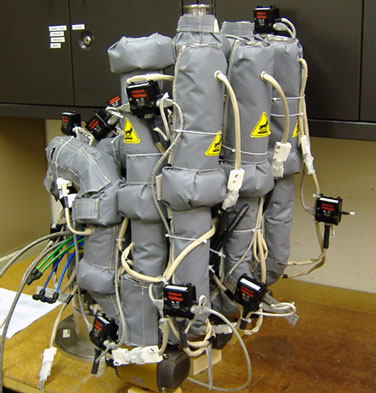
Scientific Analytical Instrumentation
In many Research & Development and Laboratory applications, surface heat is required to successfully conduct experiments and tests. The heat may be required for a number of reasons.
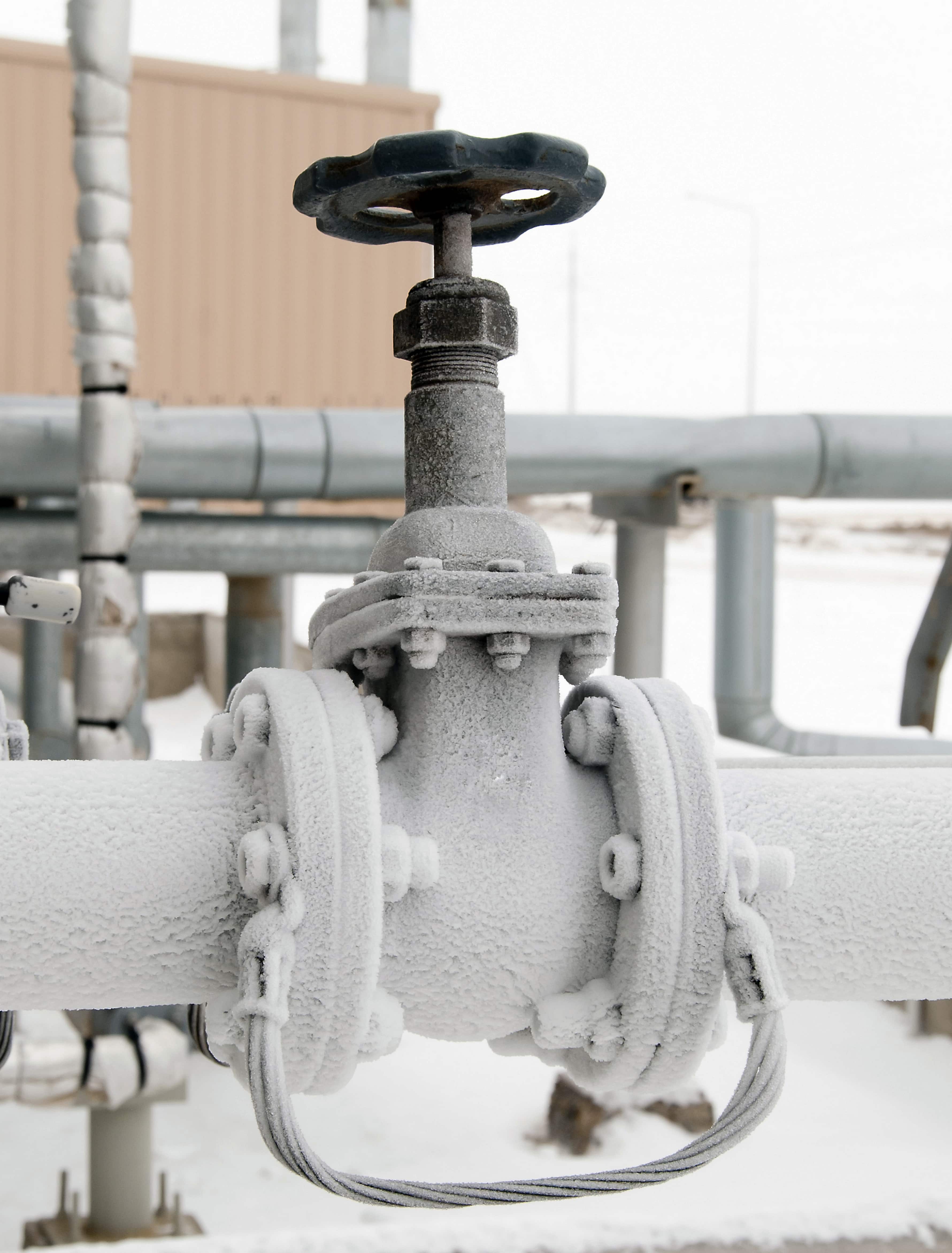
Emergency De-icing and Freeze Protection
The cold weather can wreak havoc on exposed valves, pumps, pipes, bearings, filter housing, and other industrial objects. When these parts freeze, they typically become unusable, and in extreme conditions damaged.
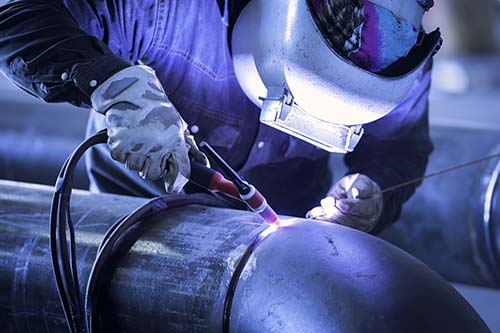
Preheating and Welding Steel
When TIG welding thick steel materials, cracking and weld failures can occur due to the extreme thermal stresses imposed by rapid cooling at the weld point. Preheating prior to welding is done to slow the cooling process and reduce the potential for weld failure.
